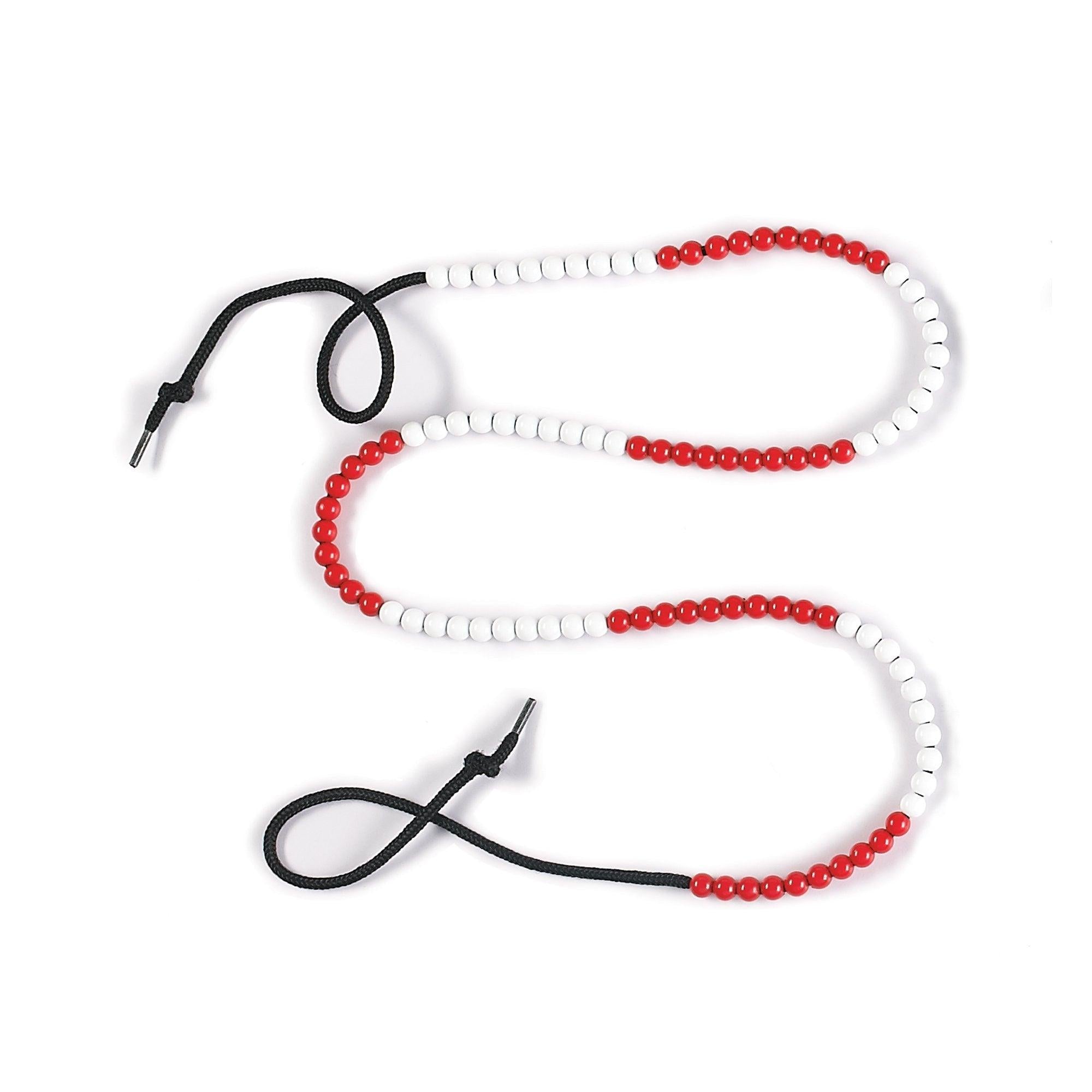The Link Between Toys and Language Development in Adolescence
Introduction
Toys are not just objects of amusement; they play a crucial role in the cognitive and language development of adolescents. Contrary to popular belief, toys are not only meant for early childhood. In fact, the right toys can continue to stimulate language skills, foster creativity, and enhance communication abilities throughout adolescence. This article will explore the fascinating connection between toys and language development during this critical stage of human growth.
The Importance of Language Development in Adolescence
Adolescence is a time when individuals experience significant cognitive, emotional, and physical changes. It is also a phase where language skills continue to evolve and mature. Language development during this period is crucial for effective communication, critical thinking, and academic success. By engaging with appropriate toys, adolescents can enhance their language abilities, vocabulary, and even develop important social skills.
Features of Toys that Promote Language Development
Not all toys are created equal when it comes to stimulating language development in adolescents. Here are some key features to look for when selecting toys for this purpose:
- Interactive and Educational
- Toys that encourage interactive play with others can foster language development by promoting communication and building conversational skills. Educational toys that offer challenging puzzles, word games, or language-based trivia can help expand vocabulary and improve language comprehension.
- Creative and Imaginative
- Toys that stimulate creativity and imagination can have a profound impact on language development. Building sets, art supplies, and role-playing toys encourage storytelling, narrative development, and symbolic thinking.
- Language-Based Toys
- Specific toys designed to enhance language development, such as electronic learning devices, language-focused board games, or language learning apps, can be invaluable tools for improving grammar, syntax, and overall linguistic abilities.
- Multi-Sensory Toys
- Toys that engage multiple senses, such as musical instruments or interactive books, not only provide a fun experience but also aid in language acquisition. The combination of auditory, visual, and tactile stimulation can strengthen connections in the brain, supporting language processing and comprehension.
Positive Effects of Toys on Language Development
The use of appropriate toys during adolescence can have several positive effects on language development:
- Improved Vocabulary
- Through exposure to new words and concepts contained within toys, adolescents can expand their vocabulary and enhance their ability to express themselves clearly and confidently in various contexts.
- Enhanced Communication Skills
- Interactive play with toys encourages verbal and non-verbal communication, helping adolescents develop important social skills such as active listening, turn-taking, and expressing thoughts and emotions effectively.
- Boosted Critical Thinking Abilities
- Many toys, especially those involving problem-solving, logic, and strategy, can stimulate critical thinking skills. By engaging with these toys, adolescents learn to think analytically, weigh options, and communicate their reasoning effectively.
- Increased Creativity
- Toys that foster imaginative play can fuel creativity and provide an outlet for self-expression. This aspect of play encourages the development of storytelling abilities, which in turn enhances language skills.
Conclusion
Toys are not just playthings; they have a profound impact on language development in adolescence. By selecting toys that are interactive, educational, and stimulate creativity, adolescents can experience significant improvements in their language abilities, vocabulary, and communication skills. Parents, educators, and caregivers should place importance on providing adolescents with toys that promote language development, as this will empower them to effectively express themselves, think critically, and succeed academically.




